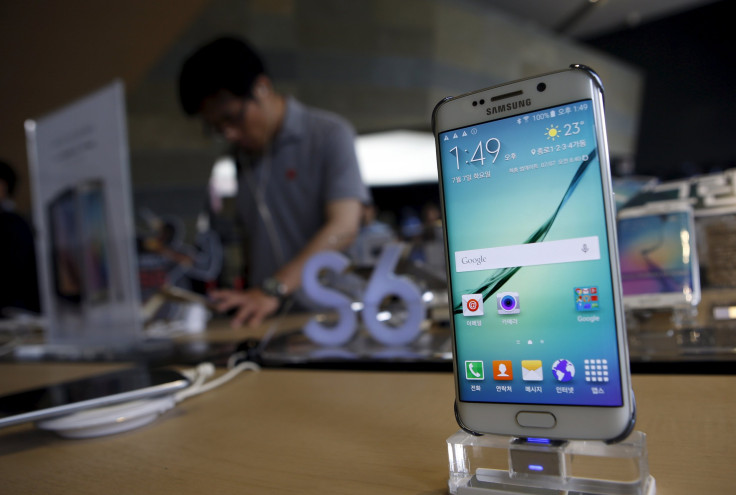Samsung S6, Edge Price Cuts On The Cards As Flagships Fail To Meet Initial Expectations

Samsung enthusiasts can look forward to price cuts on the Galaxy S6 and S6 Edge, as the world’s largest smartphone maker’s much vaunted flagship phones have failed to live up to initial expectations. Samsung's net profit declined for the fifth quarter in a row and the company reported an annual decline of 38 percent in the mobile unit’s operating profit.
“Despite the launch of Galaxy S6, improvement to earnings was quite marginal due to low smartphone shipments and an increase in marketing expenses for new product launches,” Samsung said, in a post on its official blog on Thursday, reporting its fiscal second-quarter earnings, which was largely driven by the company’s semiconductor division.
“Sales momentum for high-end products will be maintained by adjusting the price of the Galaxy S6 and S6 Edge and introducing new premium smartphone models,” Samsung said, adding that “new middle- and low-end models will also be introduced.”
Despite being the only top manufacturer to lose market share globally, Samsung remains the biggest seller of smartphones by number of handsets sold. In markets such as India, the company is holding on to its leadership position with help from an extensive sales network and new cheaper models taking on Chinese competition with better specs.
Samsung's position in markets such as India, Middle East and Africa, and parts of Europe, “remained on par with last year ... but weakened further in the U.S. China and Latin America,” in a quarter that saw Chinese competitors grow further, Counterpoint Technology Market Research said, in its latest quarterly research report.
China’s Huawei Technology Co. Ltd., for the first time, became the third-biggest smartphone maker worldwide, surpassing Microsoft Corp.’s Nokia phones, during the quarter.
Samsung’s Galaxy J5 and J7 models, which were launched in India earlier this month, have seen strong pickup in a recent online sale of the handsets that have been priced aggressively in the 10,000 rupees (about $150) to 15,000 rupees bracket.
Gamers, for you! The #GalaxyJ5J7 with 4G LTE for multi-player gaming. Buy on Flipkart. http://t.co/NkGCfZGkE6 pic.twitter.com/IglCmrG0hJ
— Samsung Mobile India (@SamsungMobileIN) July 27, 2015
Worldwide, Samsung shipped 89 million mobile phones during the April-June quarter, down 6 percent from the year-ago period as feature phone volumes continue to decline, Counterpoint said.
“Smartphone shipments declined across key markets as the Galaxy S6 series launch did not move the needle or arrest the slowing growth,” the analyst firm said.
Sales of Samsung's mid-range Galaxy E and Galaxy A series, after an initial jump in the first quarter, slowed down considerably, but were offset by strong performance in lower-priced segments, including the J-series Android phones, and the Z-series that runs on Samsung’s own Tizen operating system.
Samsung must pare its unmanageably large and confusing portfolio of handsets down to a “few hero models,” Counterpoint analysts said, in their report. This will help Samsung focus on product design and generate greater scale to improve profitability, which is lurking in the single digits, down from the 20-percent level when Samsung was at its peak, according to the analysts.
Profits fell 8 percent to 5.8 trillion won ($5 billion) for the three months ended June 30, from 6.3 trillion won for the year-earlier period, Samsung reported.
© Copyright IBTimes 2025. All rights reserved.




















